There olive tree borer is also known as margaronia. His scientific names are two, that is Palpita vitrealis And Palpita unionalis. It is a very common parasite in Italian olive growing areas. Its presence is of concern, as it can damage both the vegetation of the olive trees than the drupes, or olives. The insect, even if it has nocturnal habits, is easy to recognize in the adult stage, since the butterfly has a very particular appearance. The damage, however, is not done by the butterfly, but mostly by the larvae in their various stages of growth.
In this article we get to know this parasite of the olive tree better, we study its biological cycle and we understand how to intervene to eliminate it from the olive grove.
Identification of the Palpita vitrealis (Palpita unionalis)
The olive tree borer is indicated with the entomological nomenclature of Palpita vitrealis (Rossi) or with the synonym of Palpita unionalis (Hubner).
It is an insect of the order of Lepidopterafamily Crambidaesubfamily Spilomelinae. Sometimes, it is called green olive mothbut it is a wrong name and risks confusing margaronia with olive moth (Prays Oleae).
Appearance of the adult olive margaronia
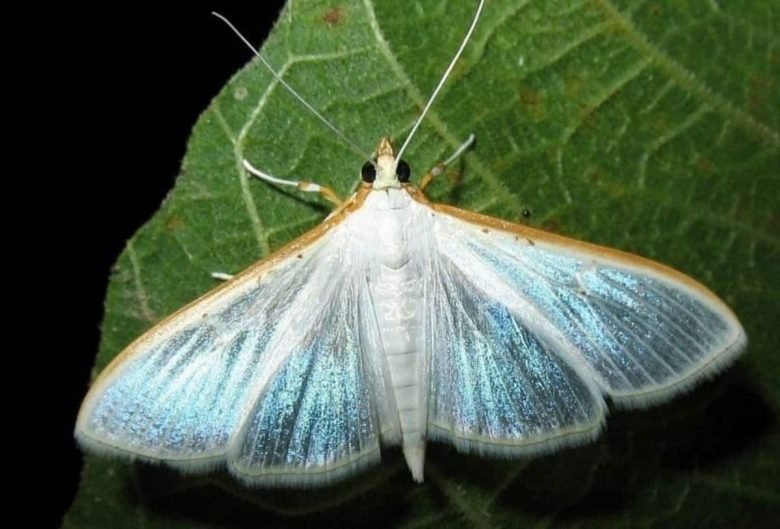
The adult butterfly of the olive borer has a characteristic slender shape, with a wingspan of 2.5 to 3 cm. Its appearance is somewhat reminiscent of the Anglo-French Concorde aircraft. The wings are white, transparent and bright, with pearly reflections. They have a hazel-colored front margin. Male specimens are distinguished from females by the presence of a tuft of elongated scales at the point where the abdomen ends.
Appearance of the olive margaronia larva
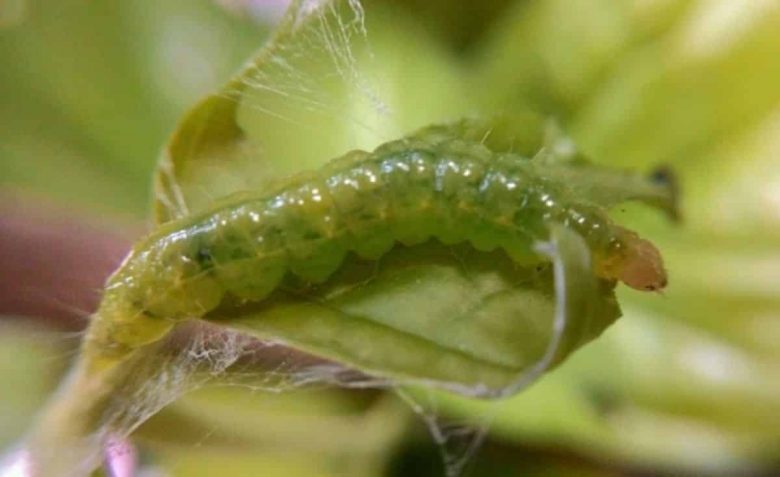
Olive margaronia larvae go through six stages of development. As soon as they are born they are slightly larger than the egg that contained them. The color is yellowish, with a body provided with bristles, located on black tubercles.
When mature, they have a small head, with the rest of the body gradually swollen to the center and then narrowed again to the caudal end. The color is bright green, with a yellowish head. When fully developed, they measure about 2 cm in length. Later, when it is about to transform itself into a chrysalis, it shortens and swells, turning towards brown.
Plants affected by margaronia
There Palpita vitrealis it does not live only against the olive trees. Other host plants, typical of our Mediterranean scrub, are: olive, strawberry tree, privet, masticjasmine, ash, tree heather.
Damage of the borer on the olive tree
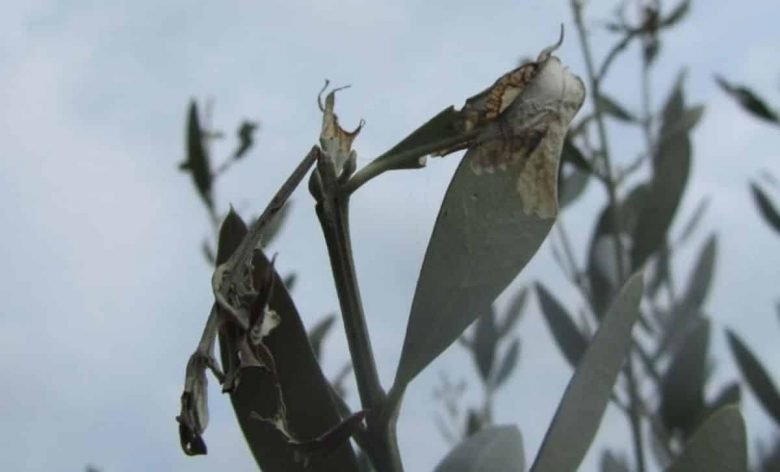
On the olive tree the damage of the borer is more significant, as it can be damaged both the vegetation and the ripening olives. The damage is done by the larvae at different age stages. These practice erosions on the leaves, concentrating on the new apical shoots, especially those of suckers and suckers.
The fourth age larvae can erode the drupe, sometimes even exposing the core.
Life cycle of the olive tree borer
The margaronia hibernates at the larva stage and in our latitudes it can make up to 5 generations in a year (Central and Southern Italy). The first flight of adults occurs in early spring, with butterflies mating at night.
The eggs
Each female can lay a very variable number of eggs (from 86 to 1200). These are laid in small groups, on both leaf pages and following the median rib of the olive leaf. Depending on the temperatures, we will have an incubation time of 3 to 30 days, which is why the stages of development and the different generations often overlap.
The larvae
The larvae live in groups on the leaves, building shelters of silky threads and feeding on the most tender apicals. As they grow, they separate, living isolated in the vegetation and continuing to erode the leaf blade.
The sixth-age larva gathers 2-3 leaves, between which it weaves a silky white cocoon within which it incrisalida. The transformation into a butterfly takes place at different times, depending on the temperatures.
How to defend trees from margaronia
To protect olive trees from margaronia, it is first of all necessary to ensure a high level of biodiversity in theolive grove. The moth has several natural enemies, especially among calcidoid hymenoptera And parasitoid diptera.
Even pruning and balanced fertilization, by limiting the vigor of new shoots, avoid large infestations. Much attention must be paid to the periodic cleaning of the suckers, as these are among the preferred stems of the borer.
How to get rid of margaronia larvae
Among the various biological remedies against parasitesthe most effective against the olive borer is the bacillus thuringiensis var. kurstarki. The young larvae are those on which the product is most effective, therefore, a good time to do the treatment is summer, when different larval stages overlap. The wetting of the vegetation must be uniform and abundant, done in the evening hours of the day. Bacillus thuringiensis acts by ingestion, so it is necessary for the larva to eat wet leaves. In organic olive growing it is also used for olive moth and you can buy herewithout the need for the license required for the purchase of plant protection products.

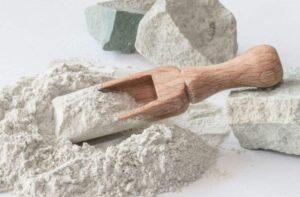
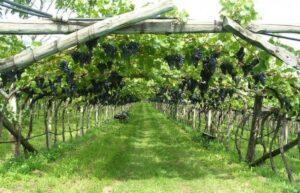
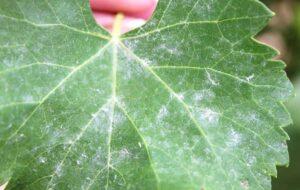
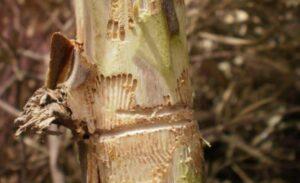
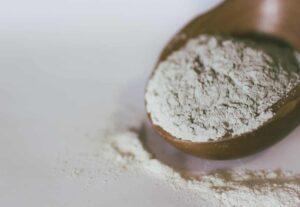
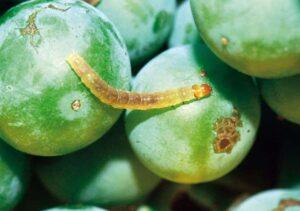
Start a new Thread